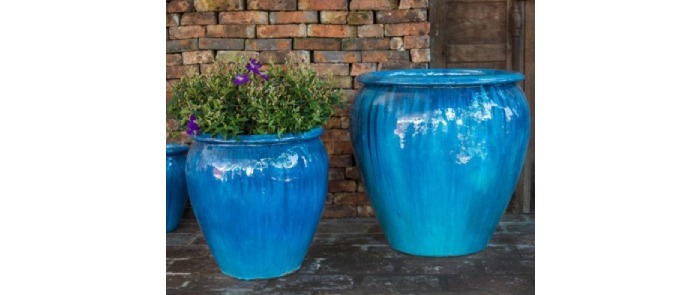
Having well-draining garden soil is essential for healthy plant growth. Poor drainage can lead to waterlogged roots, fungal diseases, and overall poor plant health. If you often find standing water or notice that your plants are struggling despite proper care, it may be time to improve your garden soil’s drainage. This guide will explore various methods to enhance drainage, ensuring that your plants thrive in an optimal growing environment.
Garden Soil Drainage
Before making any changes, it’s important to understand your garden soil current condition. Soil drainage is influenced by soil type, compaction, and organic matter content. The three main soil types are:

- Sandy soil – Drains quickly but may not retain enough moisture for plants.
- Clay soil – Drains poorly, leading to water retention and root rot.
- Loamy soil – A balanced mixture of sand, silt, and clay, offering ideal drainage.
Performing a drainage test can help you assess your soil. Simply dig a hole about 12 inches deep and fill it with water. If the water drains within an hour, your soil has good drainage. If it takes several hours or remains stagnant, you need to improve it.
Methods to Improve Garden Soil Drainage
Add Organic Matter
One of the most effective ways to improve drainage is by incorporating organic matter such as compost, aged manure, or peat moss. These materials help break up compacted soil and improve aeration, allowing water to pass through more easily.
How to apply:
- Spread a 2-3 inch layer of compost over the soil.
- Use a garden fork or tiller to mix it into the top 6-8 inches of soil.
- Repeat annually to maintain good soil structure.
Use Raised Garden Beds
Raised garden beds are an excellent solution for areas with persistent drainage problems. By elevating the soil, excess water can drain away more efficiently.
How to implement:
- Construct raised beds at least 12 inches high.
- Fill with a well-draining soil mix, including compost and sand.
- Ensure proper spacing between beds to allow for natural water runoff.
Aerate Compacted Soil
Soil compaction reduces drainage and restricts root growth. Aerating your soil helps loosen compacted areas, improving water infiltration.
How to aerate:
- Use a garden fork to manually break up compacted areas.
- Consider a mechanical aerator for larger garden spaces.
- Avoid walking on garden beds to prevent future compaction.
Amend Soil with Sand and Perlite
For clay-heavy soils, adding coarse sand or perlite can enhance drainage. However, avoid fine sand, as it may create a concrete-like texture when mixed with clay.
How to amend:
- Mix 2-3 inches of coarse sand or perlite into the topsoil.
- Combine with organic matter for best results.
- Avoid excessive use to maintain soil fertility.
Install a French Drain
If your garden has severe drainage problems, a French drain can help redirect excess water away from plant roots.
How to install:
- Dig a trench around problem areas.
- Fill the bottom with gravel and place a perforated pipe inside.
- Cover with more gravel and soil to facilitate water movement.
Create Slopes and Swales
Altering the landscape can improve drainage by directing water away from garden beds.
How to shape the land:
- Gently slope planting areas to encourage runoff.
- Install swales (shallow ditches) to capture and redirect water.
- Use mulch and ground cover plants to prevent erosion.
Choose Well-Draining Plants
Some plants tolerate poor drainage, but selecting those adapted to well-draining conditions can prevent water-related issues.
Best plants for well-draining soil:
- Lavender
- Rosemary
- Coneflowers
- Sedum
- Ornamental grasses
Avoid Overwatering
Even with good drainage, overwatering can still cause problems. Water deeply but less frequently to encourage deep root growth and reduce soil saturation.
Watering tips:
- Use a drip irrigation system for controlled watering.
- Check soil moisture before watering.
- Water in the morning to reduce evaporation.
Conclusion
Improving garden soil drainage is essential for plant health and long-term garden success. By incorporating organic matter, using raised beds, aerating the soil, and implementing other drainage-enhancing techniques, you can create a thriving garden environment. Regularly assessing and maintaining soil conditions will ensure that your garden soil remains well-drained and nutrient-rich, leading to healthier and more vibrant plants.
By taking these steps, you’ll not only enhance drainage but also improve overall soil quality, making your garden more resilient and productive for years to come.